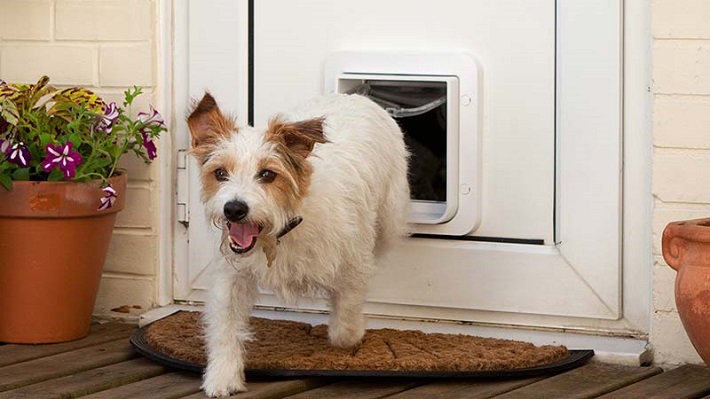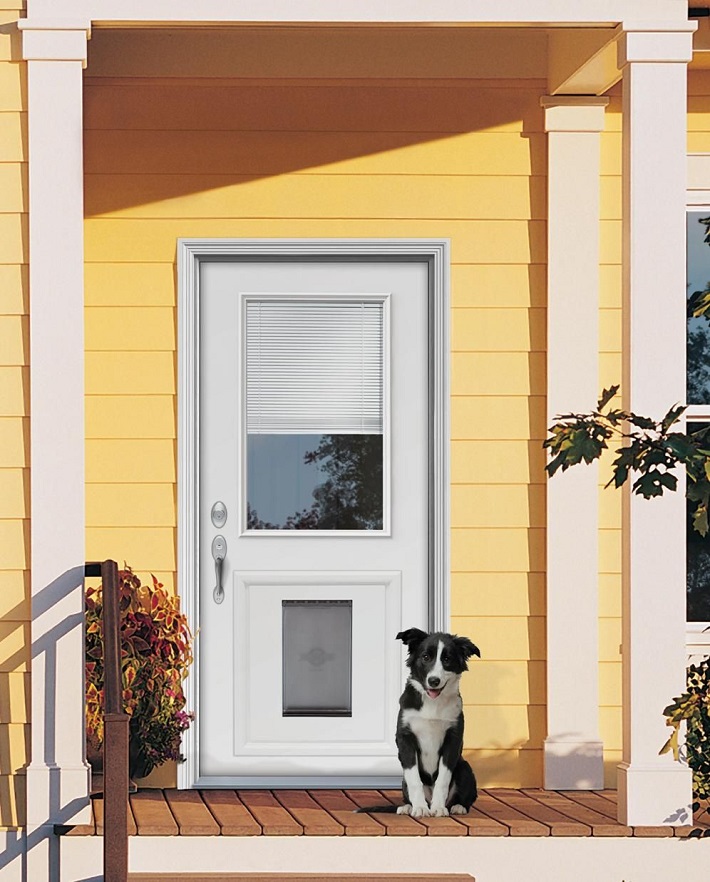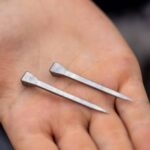Just like us, our pets also social animals and they also like to experience the comforts of our home and get their daily dose of play. And while we all adore our furry friends, few things are as infuriating as having to stop what you are doing just to open the door for your dog or cat when he wants to get out and jump around or use the bathroom. Not to mention all the scratches he will leave on your front door when you ignore his whining. Luckily, there is a solution to this problem – pet doors. You can find several models of pet doors online, ranging from the most basic ones to the newest high-tech models.

Electronic Doors
The difference between traditional and electronic pet doors is the way they function. A traditional door works when the pet pushes on the flap to get through. An electronic door works together with a collar that you need to put on your pet – when he approaches the door, the door will pick up the signal from the collar and will automatically open. Electronic doors are great because they don’t allow any animals that don’t belong in your home to get in and they also allow you to regulate which of your pets can get out. They can store up to 32 different pet collars and you can program them which ones of your pets can go out and which ones need to stay in.

Security Screen Doors
Many homeowners have security screen doors installed on all of their outside doors for extra protection. If you do too and you need to buy pet door for your furry pal, you might be wondering how to install pet door into security screen. It’s simple – you just need to get yourself a door that’s specifically designed for that purpose. These doors are not too different than the doors that can be installed on your regular wooden door. Just cut the appropriate size hole, place a door inside the screen door and secure it. The only noticeable difference is that they have screen protectors all-around their outside edges to prevent damage to your mesh door from your pets. They also work together with most regular pet doors, meaning you can have one on your screen door and one on your main door – you just need to make sure they line up and your pet will have no trouble getting through it.
Door Mounted Pet Doors
This is the most common pet door you will come across, they are installed usually on outside doors. To install them, simply cut out the appropriate whole on your main door and fit your pet’s door on it. They are as thick as most house doors and can be fixed into place with screws. They usually feature a see-through flap that your pet can easily push on to get through. The flap is only held to the bottom of the door with a couple of magnets. When most people buy pet door, this is the option they go for as it is the most affordable and convenient one.

Patio Panel Doors
Most people who have a patio panel choose to use it as a place to place their dog’s door instead of cutting a hole in their main door. Patio panels are essentially pre-cut at just the right place, and if your pet is the appropriate size, a door can be placed in it instead of glass to create an easy entry for your pet. However, most of the door sizes that can be placed on your patio panels are only suitable for smaller to medium pets. Cats and most small breed dogs will have no trouble getting in. They cost about as much as a regular flap dog door but you might be able to save a few more bucks since you don’t have to cut a hole in your door to install it.
Wall Mount Doors
These types of doors are probably the most difficult ones to install and unless you know what you are doing, chances are you will need someone to help you put it into place. Wall mount doors are essentially the same as door-mounted dog doors, the difference is that they are longer and your pet has to walk through a short tunnel before getting through them (depending on how thick your wall is). When installing this type of door, you need to cut a hole through your wall. If you don’t know exactly what is in the wall do not attempt to install it yourself. If there are wires or pipes running inside that wall you can damage them or hurt yourself, so it’s best to leave the job to a professional. Apart from being a bit longer than regular pets doors, wall mount doors have different opening features, such as a solid hatch, in order to provide a better seal when they are closed and some still have the standard see-through flap. Depending on the season, you can change the opening the way it suits you and your pet best.



